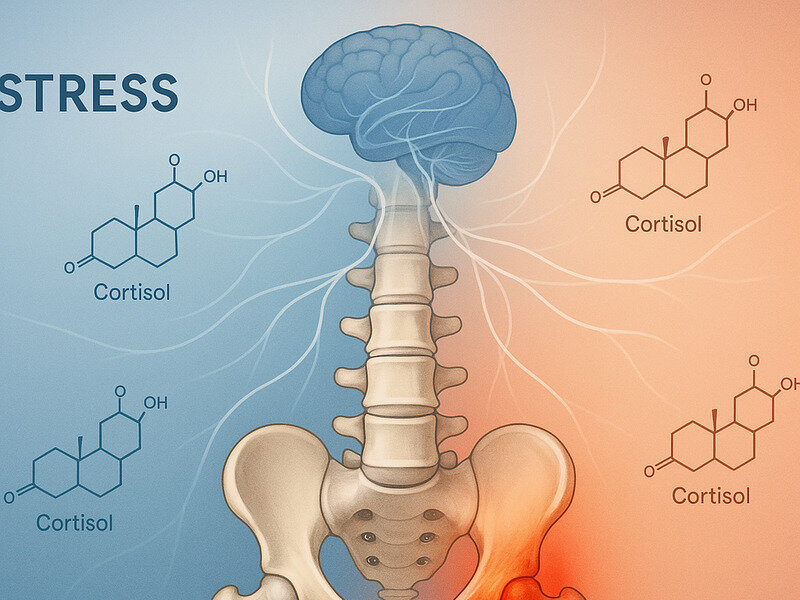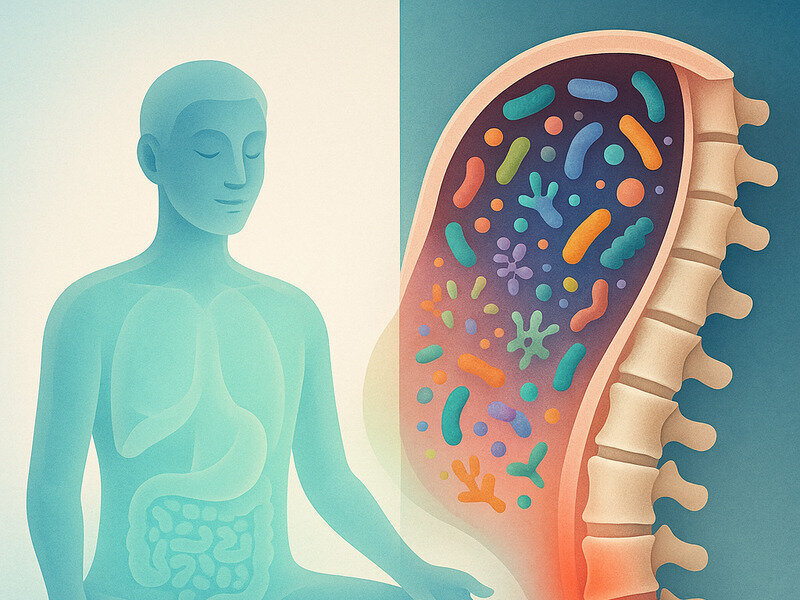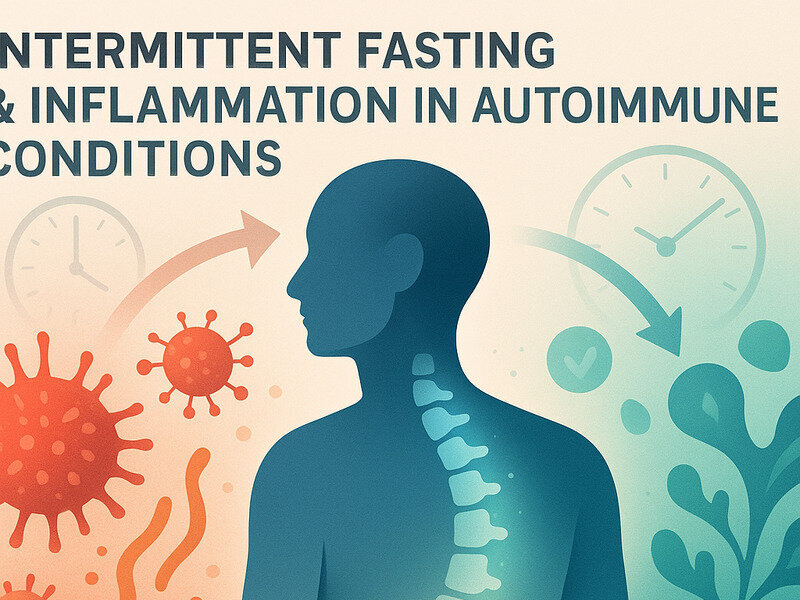
Ankylosing spondylitis (AS) is a chronic inflammatory disease primarily affecting the spine and sacroiliac joints, leading to pain and stiffness. Recent research has highlighted the intricate relationship between stress and inflammation in exacerbating the symptoms of AS. This article delves into the science behind stress-induced inflammation in AS, exploring the mechanisms, impacts, and potential management strategies to mitigate these effects.
Understanding Ankylosing Spondylitis
Ankylosing spondylitis is a type of arthritis that predominantly affects young adults, with symptoms typically appearing between the ages of 15 and 30. It is characterized by inflammation of the spinal joints, which can lead to severe, chronic pain and discomfort.
The exact cause of AS is not fully understood, but it is believed to involve a combination of genetic and environmental factors. The presence of the HLA-B27 gene is strongly associated with the condition, although not all individuals with this gene develop AS.
The Role of Stress in Inflammation
The Biological Mechanisms
Stress triggers a cascade of biological responses that can exa...
Premium preview
Premium members unlock the full article—complete step-by-step routines, deeper coaching notes, and exclusive frameworks.


